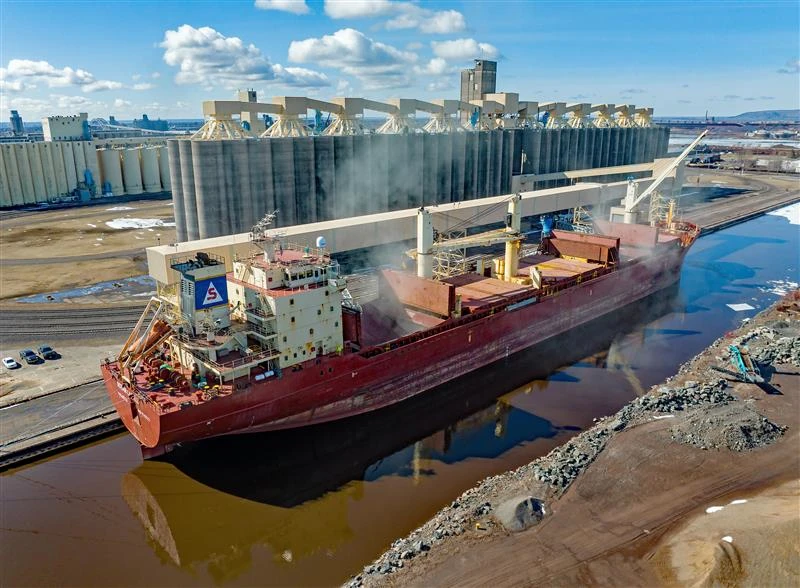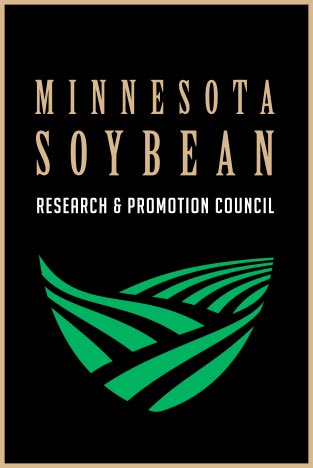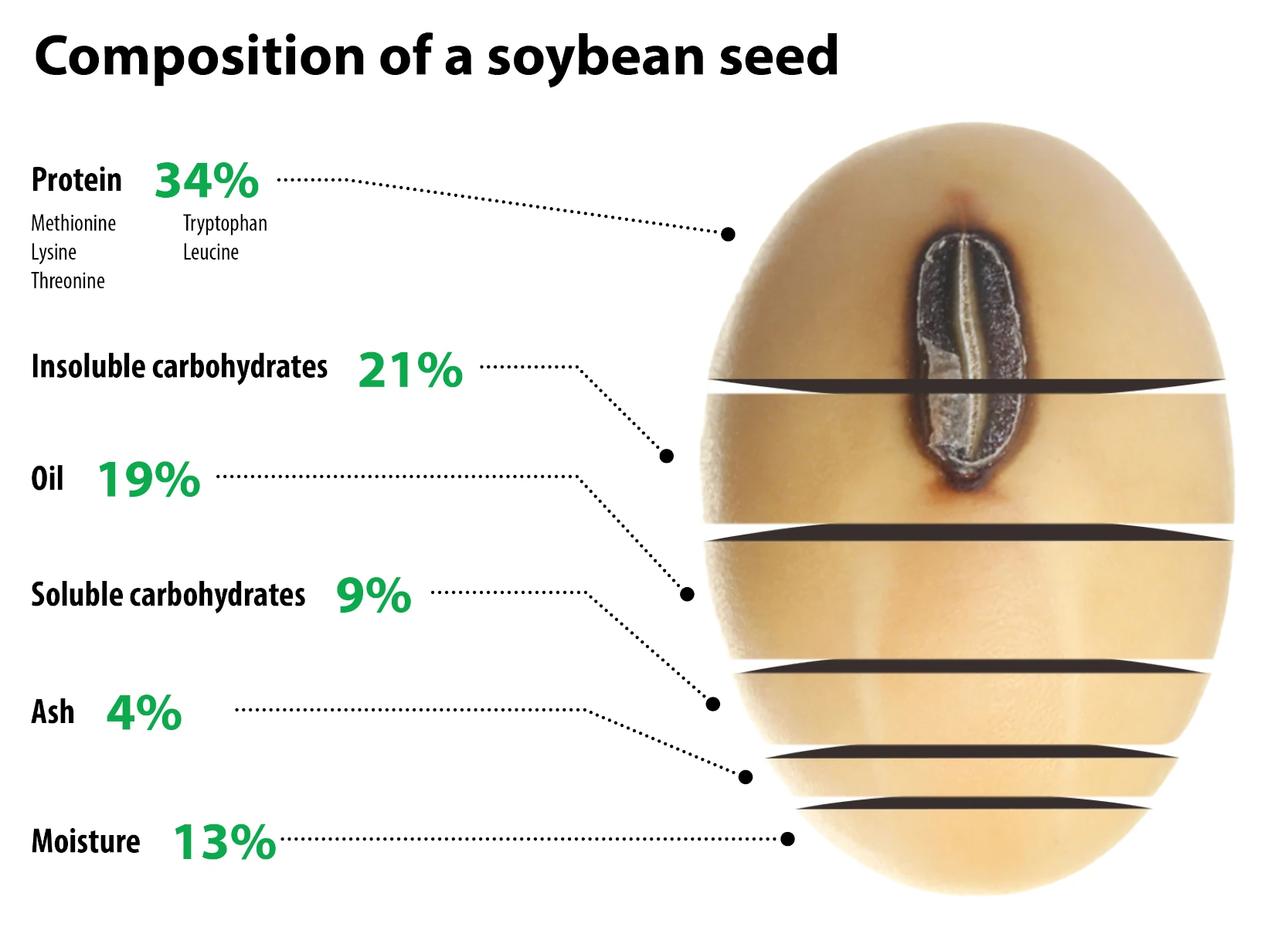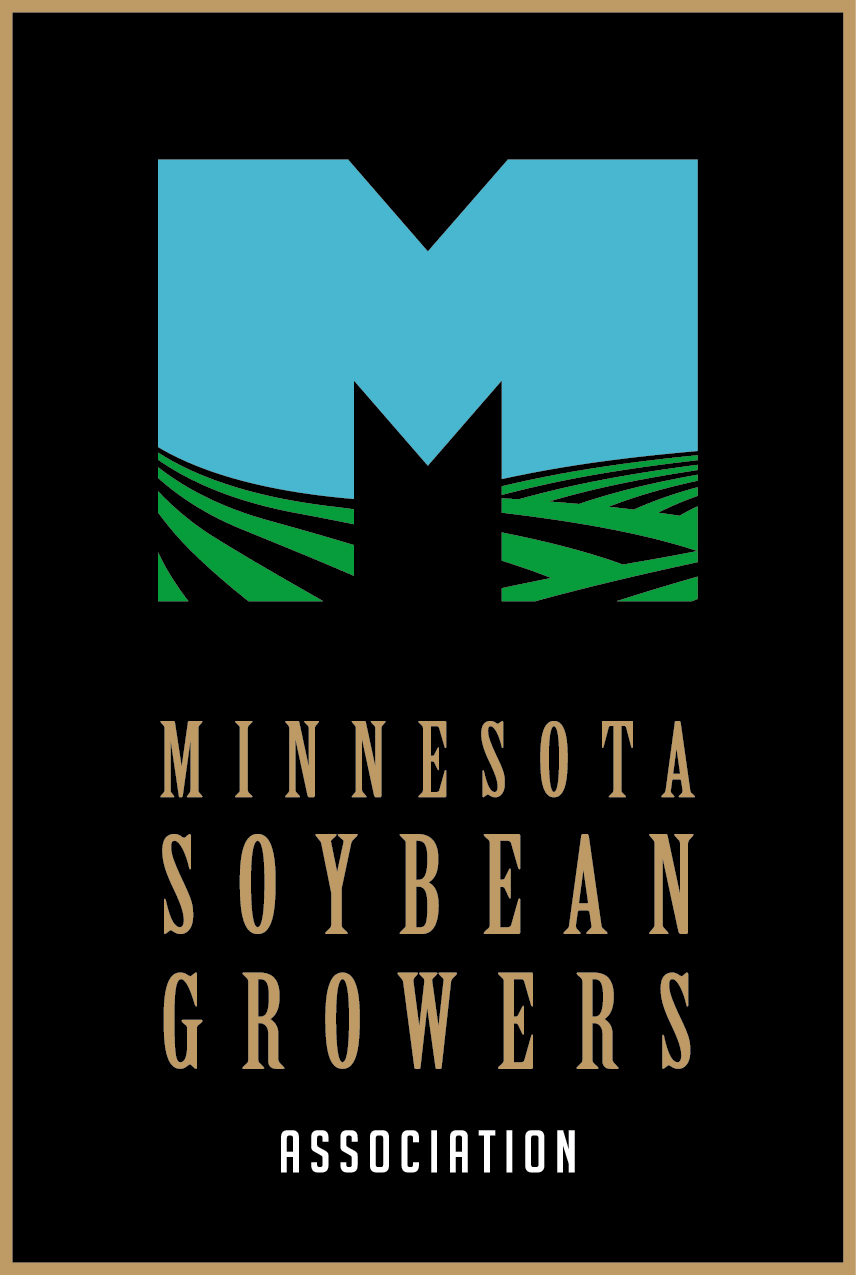What are Soybeans?
Originally native to East Asia, soybeans, aka the “miracle bean,” are a type of legume now grown all over the world for both human and animal consumption. In the United States, soybeans are grown throughout the Great Plains, Midwest and Eastern states. Once harvested, soybeans can be processed and turned into protein for our livestock, fuel for our vehicles, oil for our plastics, fibers for textiles or even food for us!
Soybeans in Minnesota
Soybeans in Minnesota
Minnesota is the third largest producer of soybeans in the U.S. According to the University of Minnesota, soybeans arrived in the state in 1902 and producers planted 322 acres of soybeans. That year, the yield was nine bushels (bu) per acre. By 1929, U.S. production had grown to 9 million bu per acre. With more uses for soybeans and the versatility of the crop, producers continued to grow soybeans. In 2023, the average yield in Minnesota was 51 bu per acre with 7.35 million acres planted.
The Minnesota Soybean Research & Promotion Council has continued to support the more than 25,000 soybean producers across the state through investments in research, new markets and new uses. MSR&PC’s elected board invested checkoff funds into research with the help of the University of Minnesota breeding program that allowed soybeans to be grown in northern Minnesota climates with shorter growing seasons.
How do we grow soybeans?
Like most crops, soybeans need sun and rain to grow, and they thrive in well-drained, rich, loamy soils.
Minnesota producers head to their fields to plant soybeans between April and May once the weather forecast shows favorable conditions. Planting soybeans in wet and cool conditions can lower yield and may lead to poor germination and seed diseases according to the University of Minnesota Extension.
When planting soybeans, there are many varieties or specific types that producers can plant, which all have different maturity groups, size, protein content and resistance to pests and diseases.
Minnesota is about 87,000 square miles or approximately 9 hours from the Canada border to the Iowa border. As such a large state, weather can drastically vary from end to end affecting the soybean crop.
Minnesota is best known for growing sugar beets, corn, wheat, oats and wild rice along with soybeans. Soybeans are often rotated with wheat and corn. The nutrient-rich soil promotes soybean growth.
The plant is grown from a seed that is typically planted one to two inches deep, spaced about two to three feet apart. There are two main growth stages: vegetative and reproductive. Soybean growth is powered by photosynthesis.
Minnesota producers utilize varying sustainable practices such as strip tillage, crop rotation, manure management and more.
While the soybeans are soaking in the sun, producers manage their fields scouting for soil deficiencies, pests and diseases, weeds and anything else that might affect the crop.
After tending to their soybeans, producers start planning harvest. Harvest typically occurs 100-130 days after planting in Minnesota, sometime between September and November.
The average Minnesota farm is 379 acres, according to the Minnesota Department of Agriculture. On average, it takes about 10-20 minutes to harvest one acre. Using a combine, farmers clear their fields and transfer the crop to a grain cart or directly into a truck, the soybeans are off to the grain elevator.
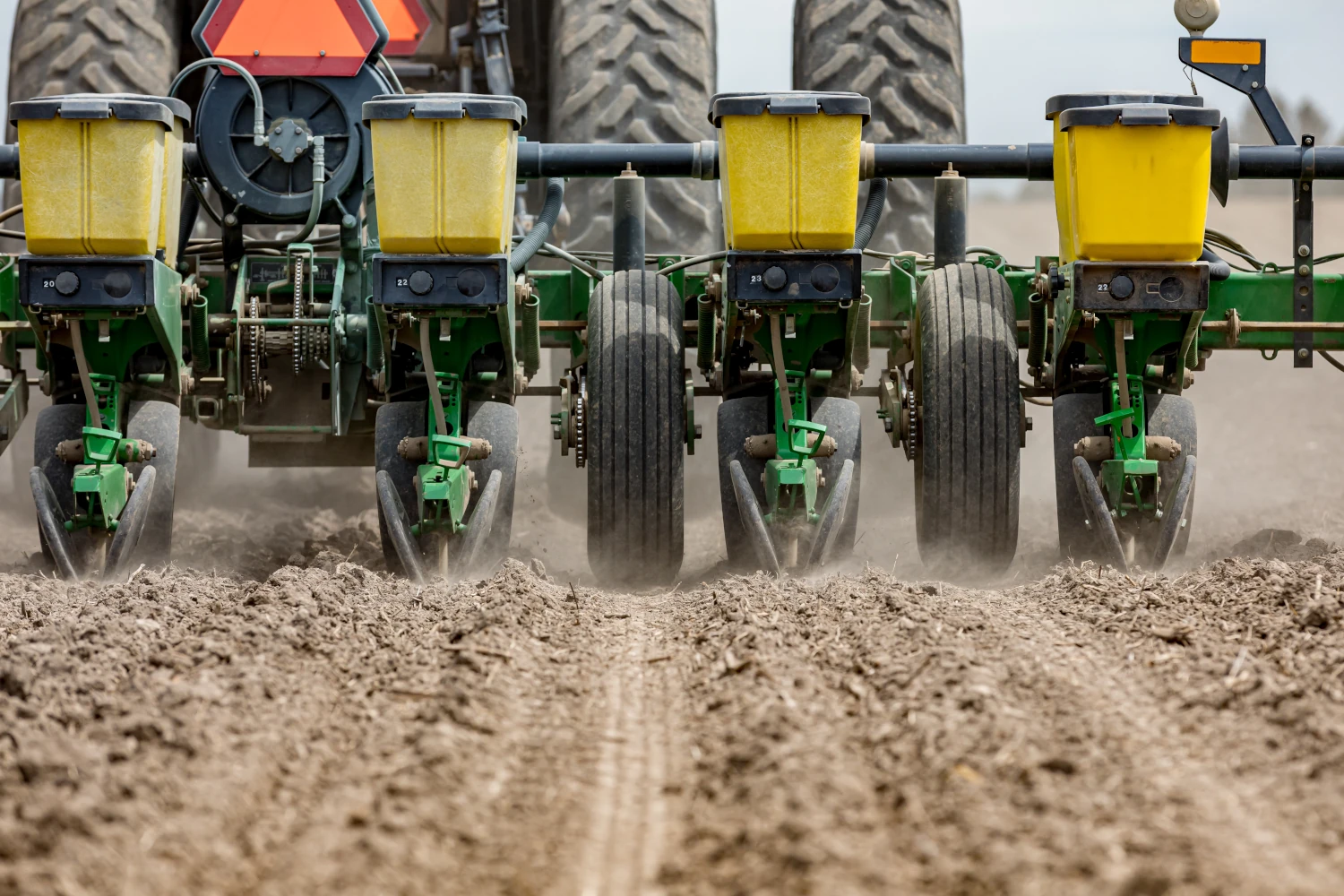
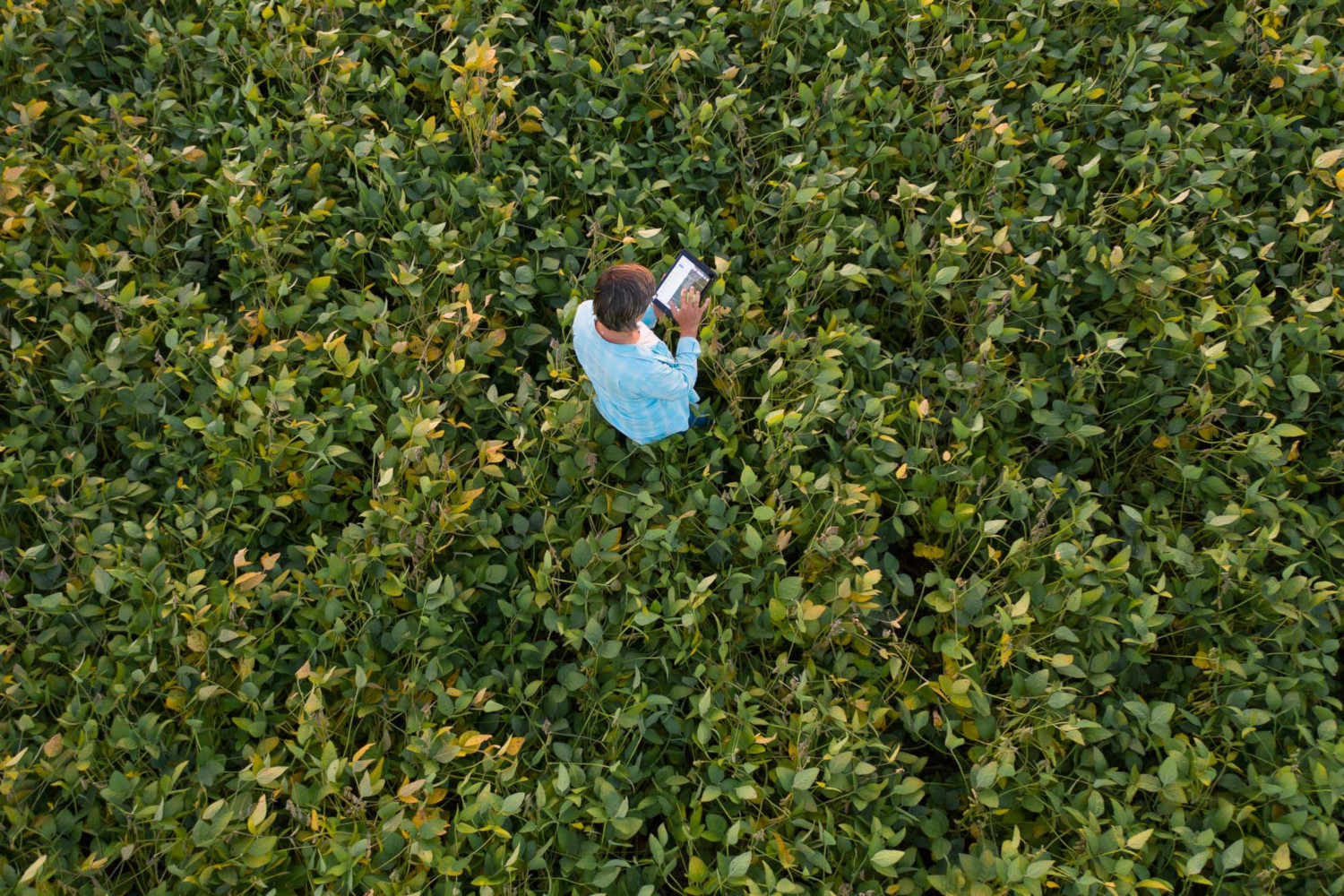
What are soybeans made of?
Soybeans are made up of three main components: meal, oil and hull.
The meal is used primarily for feeding livestock, such as pigs, chickens, turkeys, dairy cows and even fish!
The oil can be used as a substitute for petroleum in products such as tires, shoes, plastics and biodiesel and in a number of household products, including paints, cleaning products and lubricants. It’s also a main ingredient in a variety of products, such as salad dressings, mayonnaise and, of course, vegetable oil.
The final component of a soybean is the hull, which is the outermost shell. The hulls are a byproduct of soybean oil and meal processing and are often used for dairy cattle feed, but can also be used for cat litter, planter lubricants and even as fertilizer.
Where do our soybeans go?
Once Minnesota soybeans are delivered to the local grain elevator, they travel all over the world to locations such as China, Europe, Mexico, Egypt and Japan. From the first purchasers, they travel by rail car to either the Pacific Northwest, Gulf of America or the Port of Duluth, where they are loaded onto a ship to reach the final destination.
See where and how Minnesota soybeans are transported here.
While some countries use the soybeans for animal production, some also import them for human consumption as well. Food-grade soybeans are commonly used in many Asian countries for products such as tofu, soy sauce, soy milk and tempeh.
Midwest soybeans are in high demand due to their amino acid composition- driving the market.
